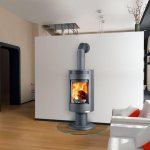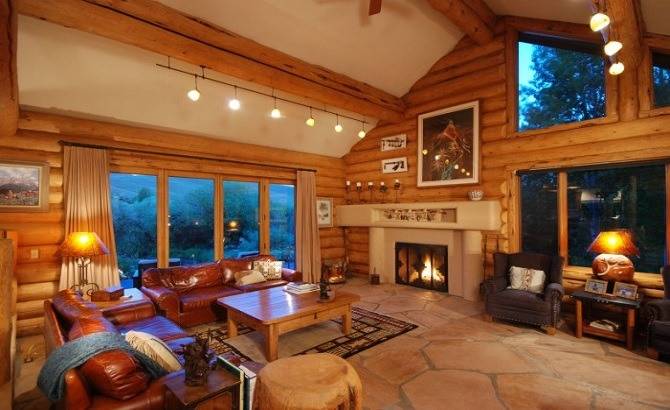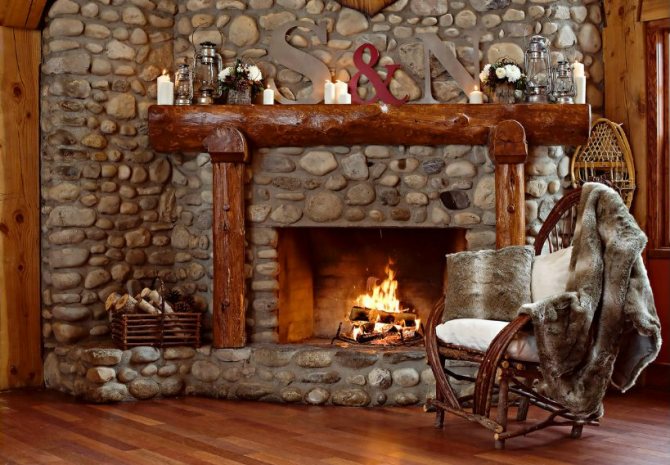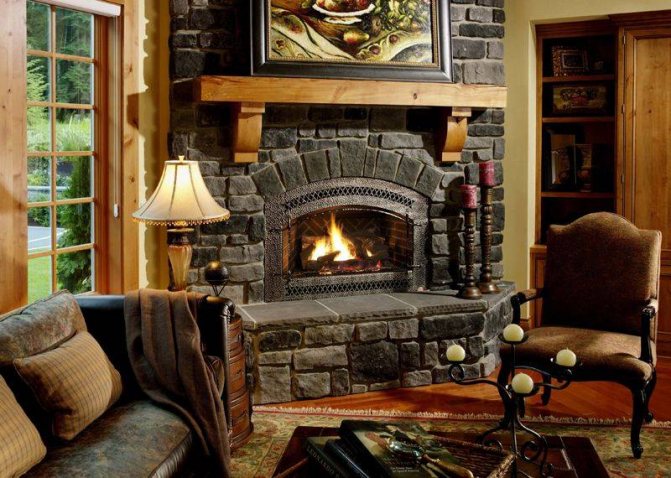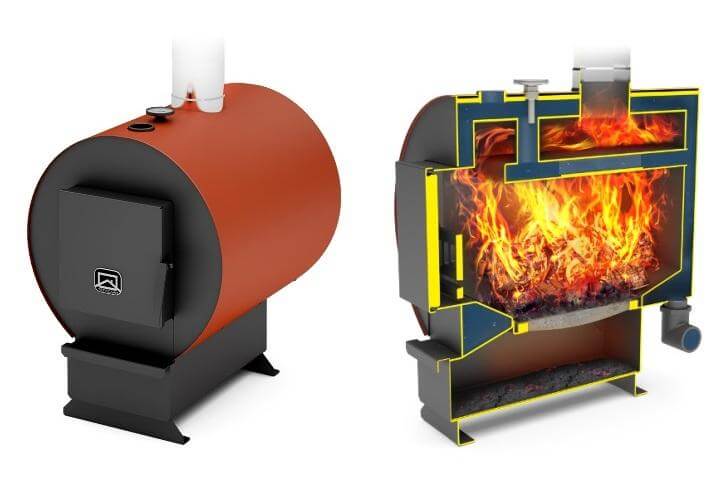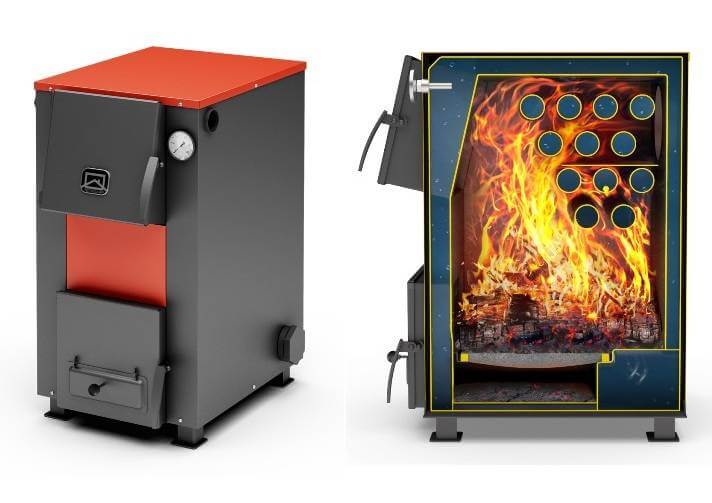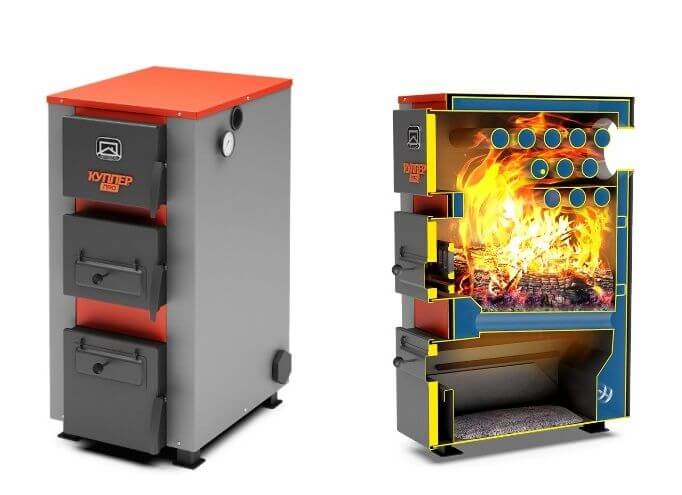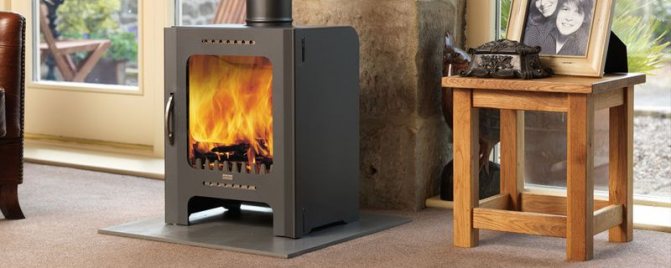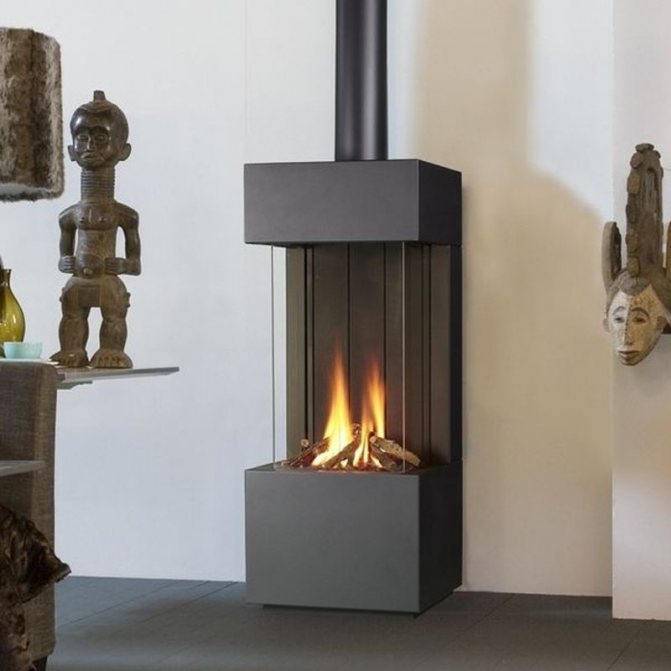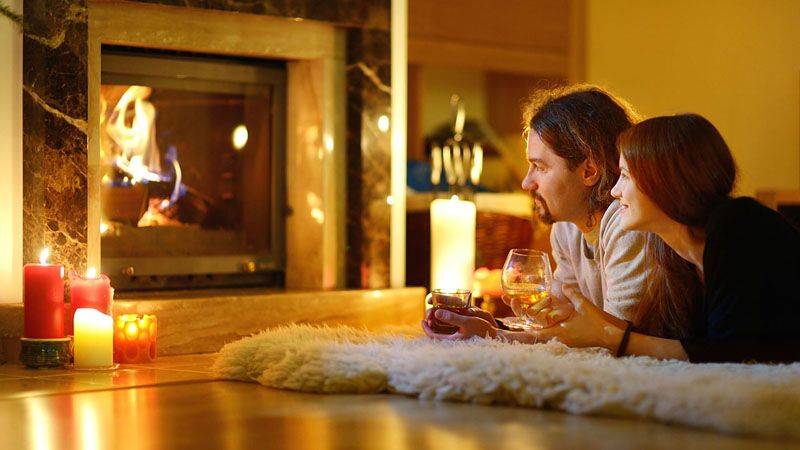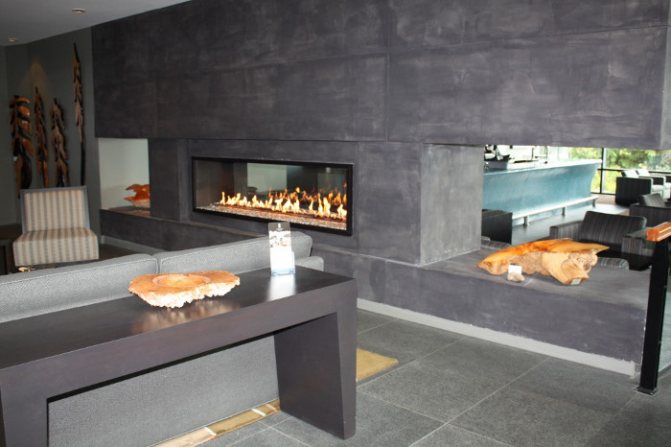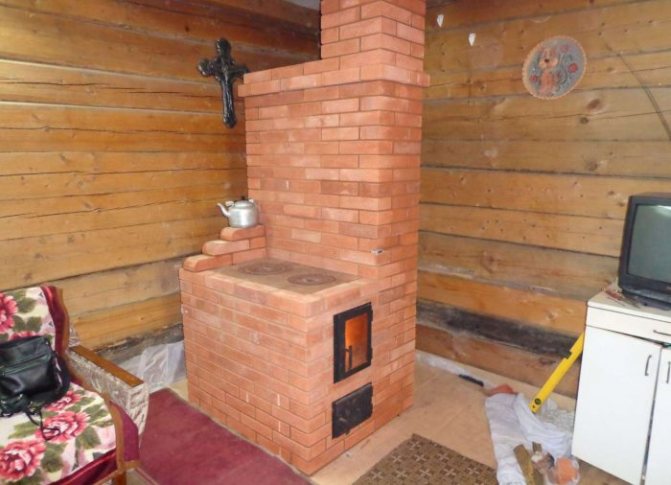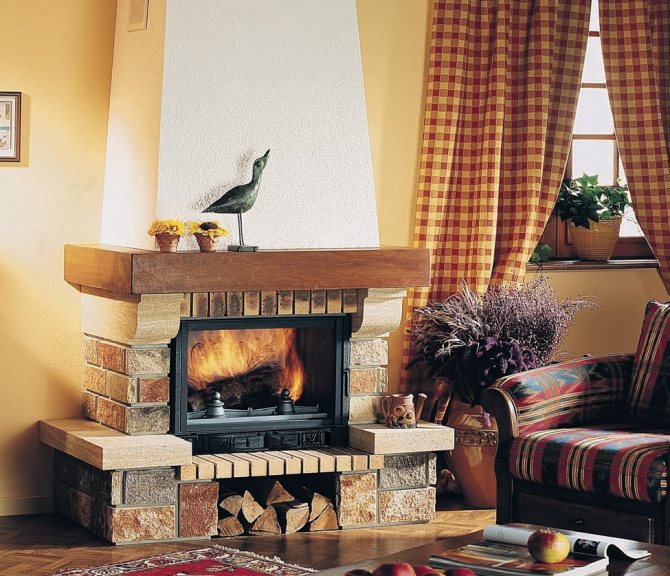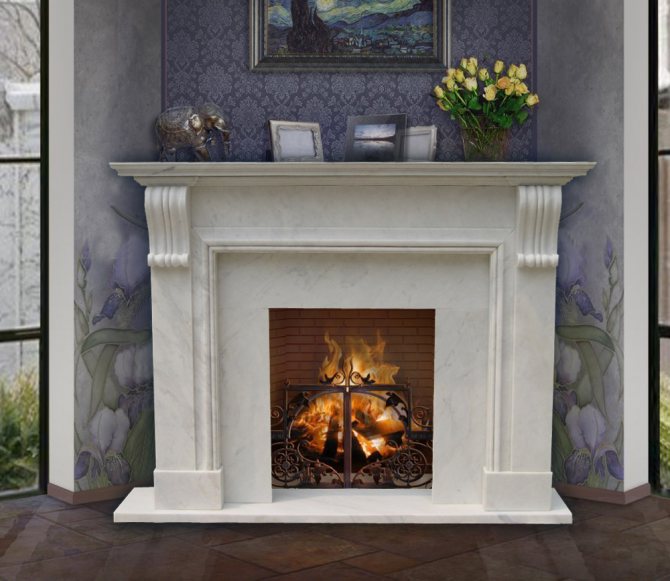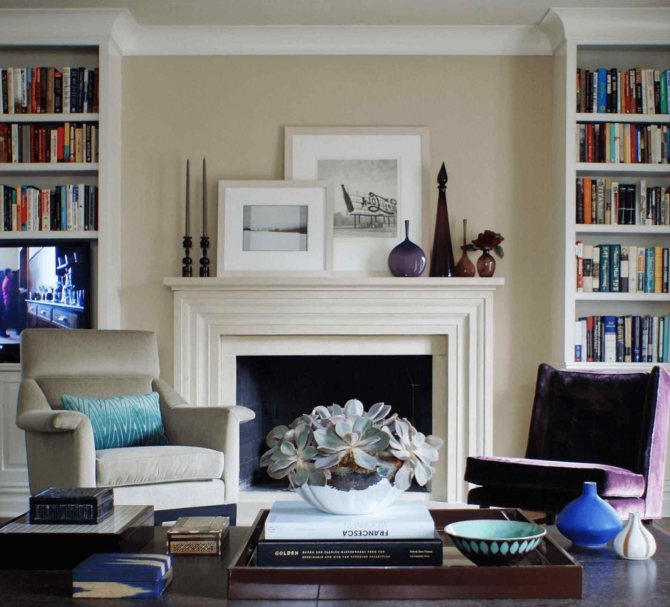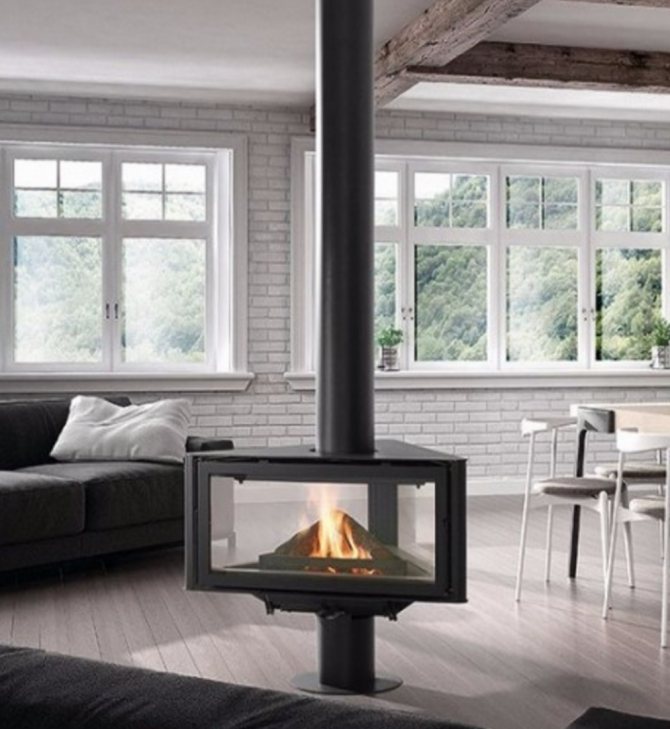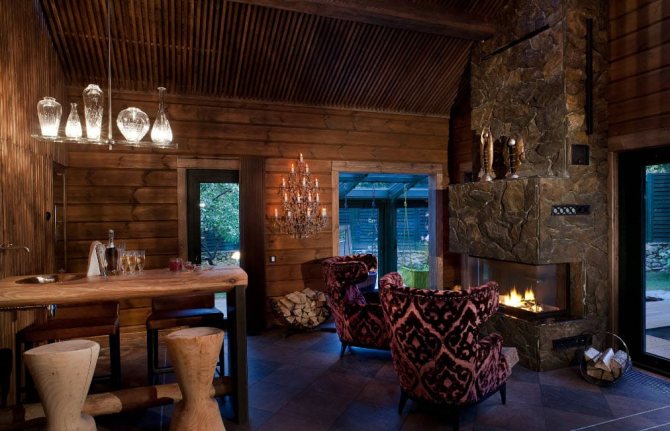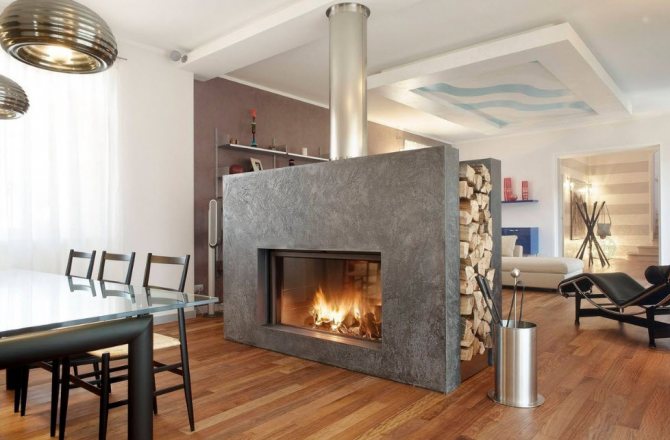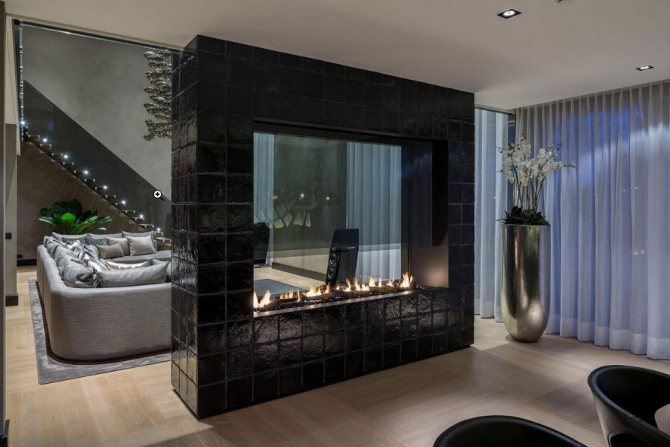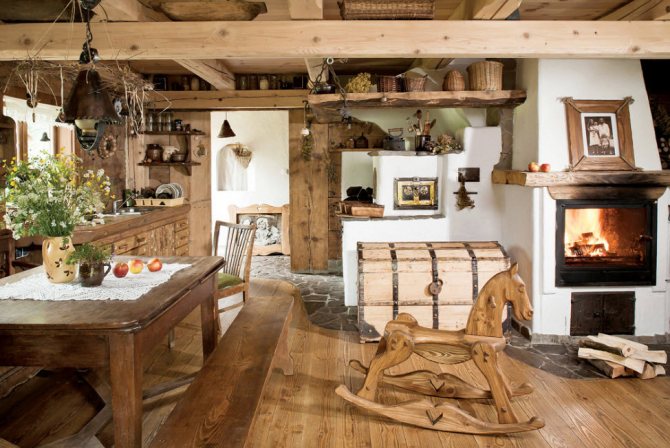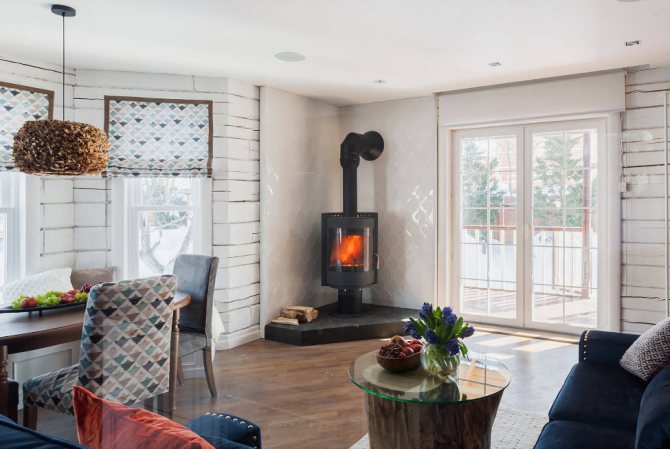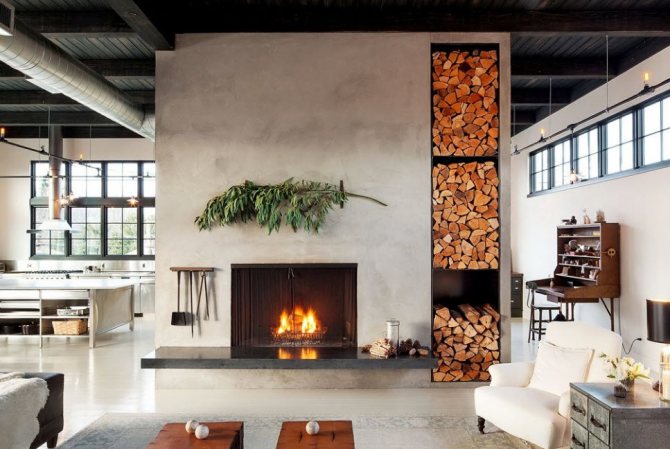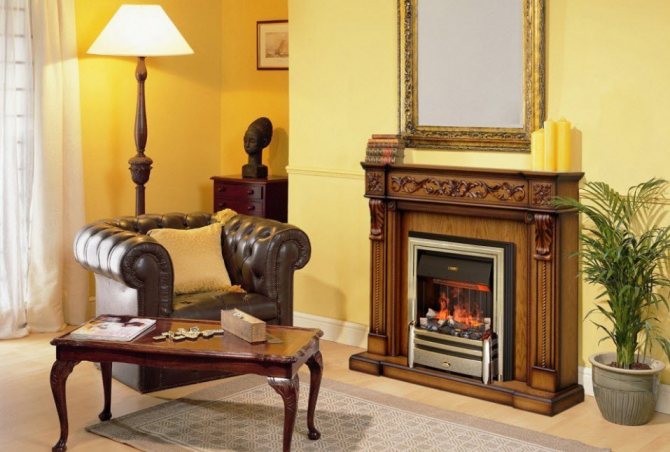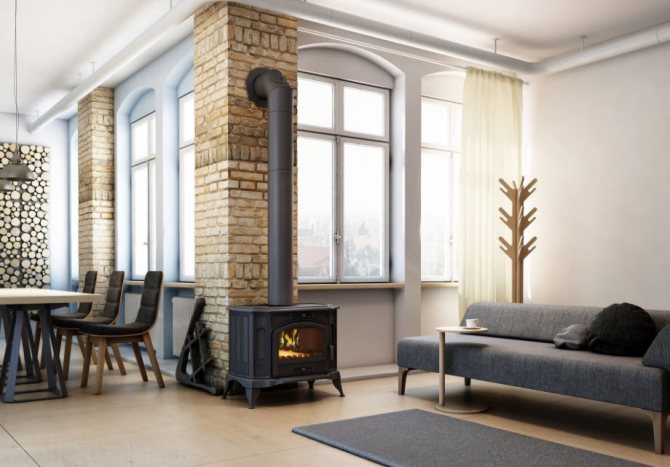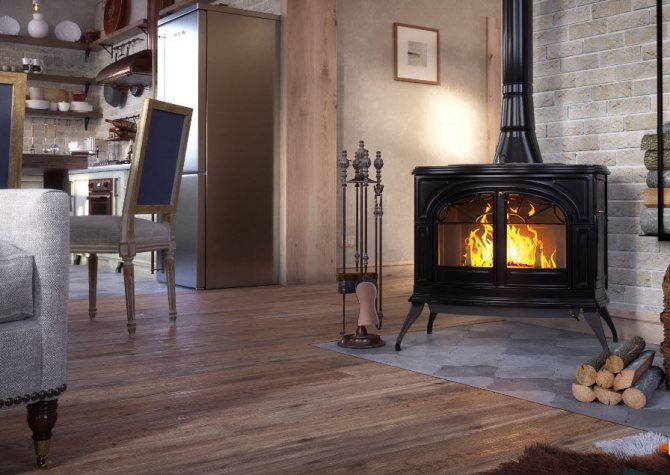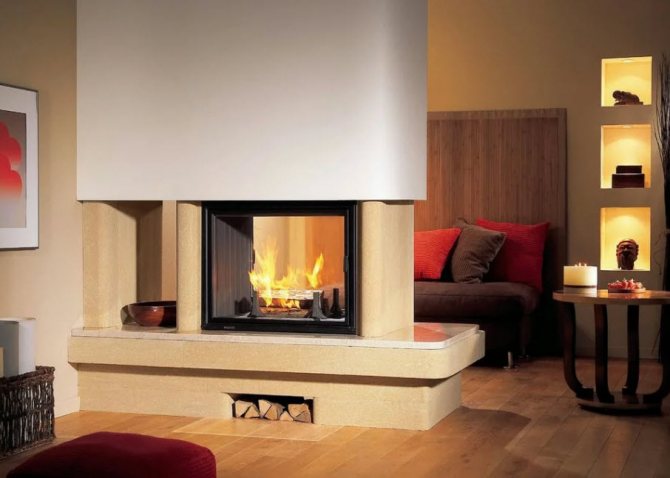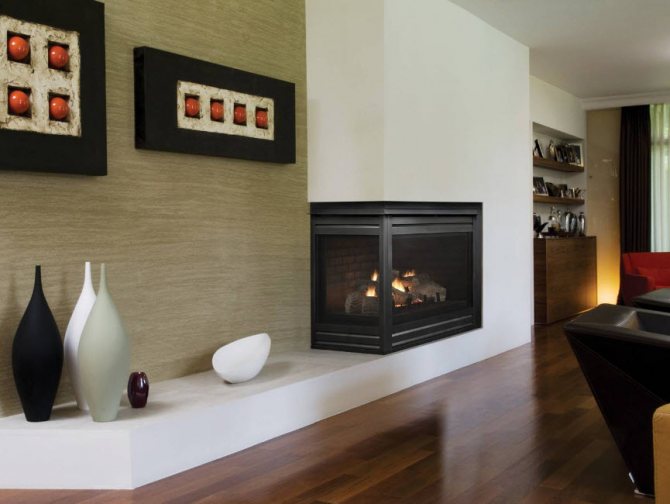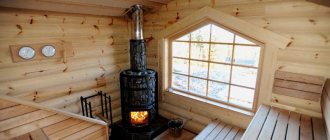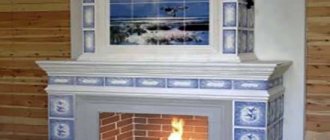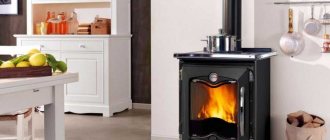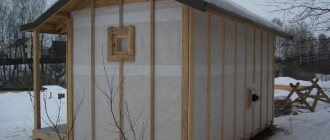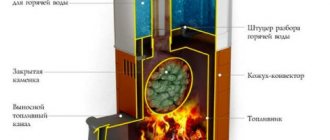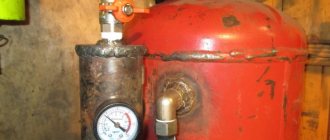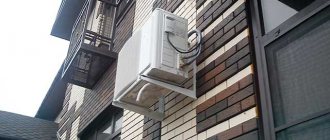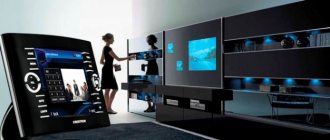Nowadays, a heating fireplace is a very functional, practical and beautiful product. And almost everyone can afford the joy of a real hearth, opposite which one can gather on cloudy evenings, listen to the measured crackle of firewood. A fireplace does not have to cost a fortune, because today models of absolutely any price category are presented on the world market. If you approach the issue of choice correctly, and it is desirable to attract specialists to it, then you can save a lot and become the owner of your own fireplace.
What you can't save on
But how and on what can you save? It is very important to understand on what points you can save, and on which - absolutely not. Especially in the case of a product whose work is based on interaction with direct fire. Therefore, even the most inexpensive heating fireplace for home or an ordinary stove should be equipped with a chimney of the best quality, and only professionals should be installed. It is also impossible to save on non-combustible bases and fire walls, because they will protect the surrounding space from heating and the risk of fire.
Construction technology
Foundation
First you need to build the base of the wood-burning fireplace, i.e. build a foundation for it. For this, a pit is prepared with a depth of approximately 50-60 cm, and the bottom is lined with a layer of gravel. Sand is poured over the gravel (crushed stone) and cement mortar is poured on top. The base is made approximately 10 cm below the floor level.
The foundation of the fireplace cannot be connected to the foundation of the house in order to avoid cracking of the structure during settlement and further operation.
Before building a fireplace, two insulating layers of roofing material are laid between the foundation of the house and the base of the fireplace.
The brickwork of a wood-burning fireplace is made of good quality refractory bricks using a trowel, be sure to soak the stone in water in advance (at least for a day). The solution for arranging the firebox and smoke collector, which is made of clay and sand, is leveled by hand, and then the excess is wiped off, making the masonry surface smoother and smoother. To achieve an even slope of the rear wall, a screen is embedded in it in advance, and the vaults of the hearth are laid out of bricks using a stepped inlet.
Masonry
The mantelpiece, as one of the main elements of the external structure of the fireplace, can be laid out in different shapes or made of different materials. It must be remembered that it must be protected in advance from excessive heat by adding additional layers of stone, brick or concrete to the fireplace structure.
Since making a wood-burning fireplace yourself is not easy, you should constantly adhere to the drawn up drawing. In order for the hearth to be durable and strong, you need to monitor the horizontality of the masonry, the geometry of the corners and the proportionality of the dimensions. Natural and artificial facing materials can be used in the decoration of the fireplace: marble, dolomite, ceramics or granite. In the more traditional version, which is so popular today in country or Mediterranean style, the exterior can be left as brickwork or simply carefully plastered and painted.
Observing these recommendations, you can quickly and efficiently independently equip a reliable and durable wood-burning fireplace in your home.
What can you save on
All other points are already opening up the field for saving opportunities.So, the very first way to save a budget is to buy a wood-burning fireplace or an ordinary economy-class stove. The so-called fireplace stoves are best suited to the concept of budgetary hearths: outwardly they look like a stove, but their functionality is more related to fireplace products.
They have small dimensions, all modern equipment for high-quality heating, however, as a rule, only one or several rooms. Of course, if you need to heat the whole house on several floors, then it will be difficult to save money, since you will have to buy either several hearths, or a fireplace with a water circuit, to which radiators, batteries and boilers are connected. Costs will increase both because of the need for additional equipment with various nozzles, pipes and other devices, and because of the increased fuel consumption during operation, if one fireplace is planned to be used to heat the whole house.
Chimney design and technical nuances in fireplace stoves
If we consider in detail the device of fireplaces in private houses, then special attention should be paid to chimneys. They can have two configurations:
- straight chimney, the most popular type of hood, which is installed directly during the construction of a house;
- inclined chimney - a forced form, which is used if you have to mount a structure in an already constructed building. This form allows you to connect to an existing ventilation system.
To obtain normal draft, the chimney pipe must be higher than the normal chimney. It is better if the pipe is round, this can reduce resistance and prevent the formation of a thick soot deposit. The whole system works due to the different densities of hot smoke and street air. The vacuum zone draws smoke out of the chimney.
The task of the chimney is to remove combustion products from the room: soot, smoke and carbon monoxide
It is important to ensure that all pipe or brick joints in the hood are properly sealed. This is the only way to ensure good traction.
Another condition for a high-quality hood is the correct head of the chimney. The most that you can use is a rain cap.
Excessive attachment to jewelry can adversely affect the operation of the chimney.
An important design detail is the grate. As a rule, this is a heavy cast-iron grate, it is installed at the bottom of the hearth. Firewood is stacked on top of the grate. As the ash burns out, it crumbles through the grate, without interfering with the uniform distribution of the flame.
The space under the grate is called the ash pan - it is periodically cleaned of its contents. A blower goes to the ash pan - a channel for air access. The combustion process is impossible without supplied oxygen.
The lower part of the chimney is called the chimney. It looks like a cap tapering upwards. This hood collects smoke and soot that rises on hot air currents and directs it into the chimney. A gate is located at the junction of the smoke collector and the pipe, or slightly higher. This is a flap that closes the exhaust hole when the hearth is not burning.
Low-cost heating stoves made of cast iron or steel
Another good way to save money is to buy a simple cast iron or metal stove for your summer cottage or home.
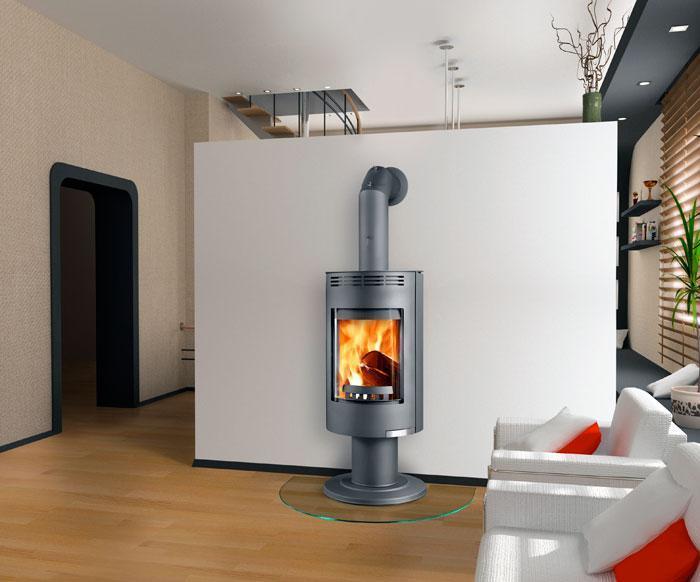
Such furnaces are characterized by small dimensions, a simple structure and a small combustion chamber.
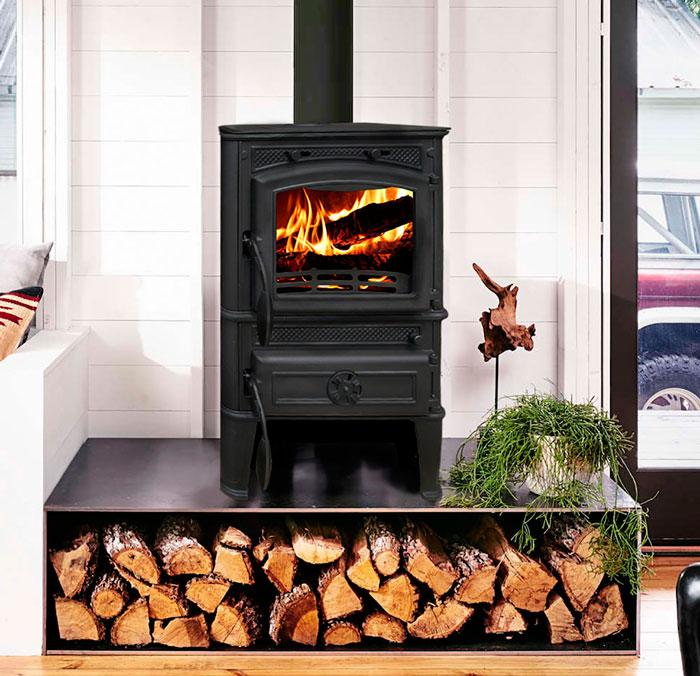

But they heat rooms of a small area with high efficiency: they quickly heat up the space and can even successfully accumulate heat - if the stove is made of cast iron: a heat-absorbing material. The good functionality of such ovens also consists of the following points:
- the presence of a convenient hob for cooking or heating food during heating
- the ability to connect pipes for heating adjacent rooms
- complete set with combustion air supply systems, flue gas afterburner, "clean glass" system
- often: top chimney connection to save living space
- rapid heating of the oven, accordingly6 quick filling of the room with warmth
Design features
The fireplace structure consists of a chimney and a firebox. Do not make the firebox too deep. If you do not follow these rules, the room will not be warm enough. A gas threshold is installed inside the fireplace, where the firebox is connected to the chimney. Its function is to prevent a differential flow of air entering the fireplace and prevent sparks from flying out of the firebox. Thanks to the regulation of the air flow, which is carried out by this threshold, soot and smoke will not enter the room.
The width of the threshold is designed in accordance with the width of the chimney, or slightly larger. An excess of 1-2 cm will be enough. The gas threshold should not narrow the chimney, in order to avoid smoke, it is erected strictly horizontally.
Wood burning fireplaces have a relatively low draft. Therefore, hoods are installed above them, in which smoke accumulates, in order to bring it outside after a while.
Own hearth up to 50,000 turnkey? Yes, it's real!
Prices for wood-burning fireplaces for heating of the type described above start at 25,000 thousand rubles. Together with the costs of the chimney, delivery and installation, the budget of such hearths can be no more than 50,000 rubles, which, you must agree, is quite ridiculous money for a real, own hearth in your house, which will heat it for decades, bring comfort and joy.
Low-cost wood-burning fireplaces for heating made of cast iron or steel of small dimensions and a small budget are perfect for heating one or more rooms or a whole summer house, a makeshift, a guest house, a garage, a rural store, workshops and other small-sized objects.
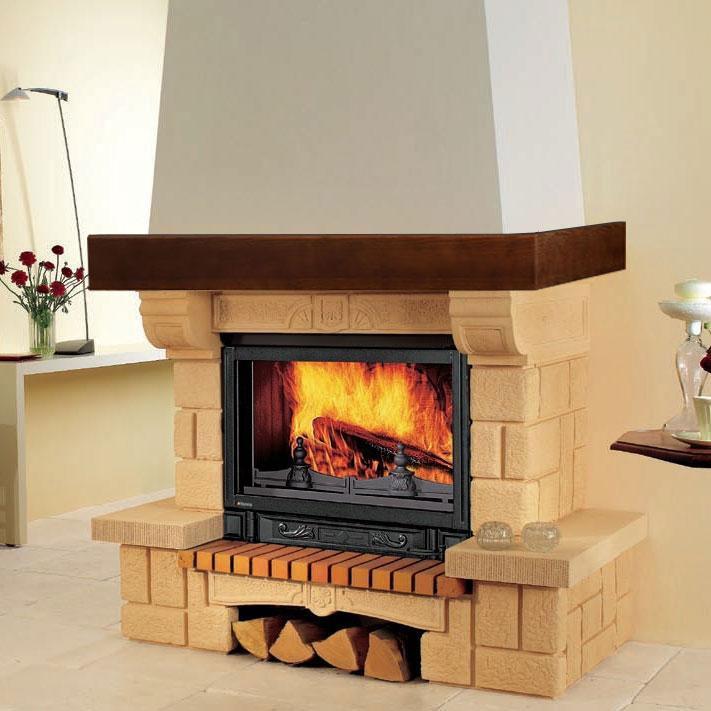

Advantages and features of the operation of electric fireplaces
If you buy an electric fireplace, you can easily create coziness in the house and add the necessary accent to the interior of the room. Such devices should be considered not only as an ersatz to traditional fireplaces, but also as a worthy alternative, which also has a lot of advantages. But when choosing this type of equipment for the home, you need to take into account that, despite the most natural imitation of flame, they are devoid of the charm of living fire. Although you can choose a model with the functions of simulating not only the play of the flame, but also the crackling of firewood in the firebox, the characteristic smell and other characteristic features of a "real" fireplace.
The choice of electric fireplaces is huge, they differ in:
- appearance;
- power;
- installation method (built-in, wall-mounted);
- assortment of additional functions, etc.
You can buy a model consisting of a firebox or with a portal: in the first case, the owner of the house has more opportunities to create an original design of the device with the help of such a fireplace, for complete and organic integration into the space of the room.
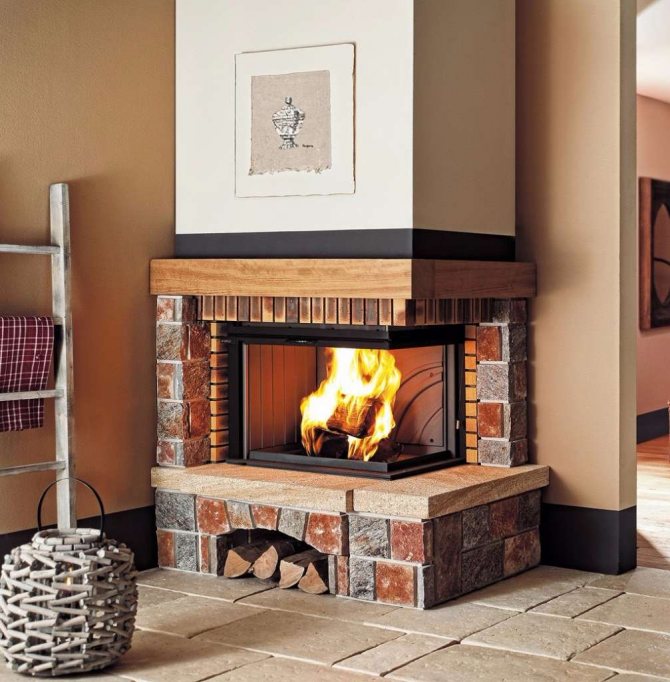

Of the advantages of electric fireplaces, it should be noted:
- simple installation without a chimney device, which is easy to make at any stage of house operation, and only a connected outlet is required to connect;
- there is no need to build up fuel reserves and work on cleaning the furnace;
- the efficiency of using the device when heating the room (as an additional one) with the ability to regulate the power - in this case, all the heat produced remains in the room, and is not removed with the combustion products through the chimney. During the summer period, the electric fireplace can only be operated in visual mode with a simulated flame;
- subject to the installation requirements and operating conditions, these devices are fireproof, since they are not a source of open fire;
- if necessary, the electric fireplace can be easily dismantled and reinstalled in another place that is more suitable for this device, according to the owner of the house;
- creating coziness and comfort in the house with the help of an electric fireplace is not only easy, but also more affordable: the cost of most models is not high in comparison with the device of a traditional hearth or buying a factory installation that runs on wood.
When choosing an electric fireplace for your home, you should take into account its power consumption, which is quite capable of creating an additional load on the network. Therefore, before installation, you need to check the reliability of the wiring and choose a model taking into account its technical characteristics. And the constant operation of the device can be unpleasantly surprised by the increased power consumption, since the power of such fireplaces varies on average from 1 to 2 kW. It is also necessary to take into account the fact that the principle of operation of an electric fireplace is identical to a fan heater, therefore, one cannot do without a characteristic noise effect, even remotely resembling the crackle of burning firewood. But the main drawback is still an artificial flame, which, although it imitates natural fire as accurately as possible, is still not able to completely replace it.
Fireplace for home heating
If you need to heat large areas, then there are ways to save money here. So, for example, you can choose a firebox from a manufacturer not of a premium, but of a more massive segment. In terms of their thermotechnical parameters, such devices are worthy of competition to more expensive ones, and the low price should not be alarming at all.
Low cost may depend on the following factors:
- simple design and small dimensions of the firebox
- inexpensive but reliable materials used in production
- minimum, but sufficient number of devices: one regulator of the intensity of combustion, one handle for opening, ash pan and grate
If you need a fireplace for heating a large country house, then it is best to consider the option of buying a hearth with a water circuit.
And let it be a little more expensive than budget stoves, but you can save good money on other points. For example, if everything is done correctly, a fireplace with a hydrocut can completely replace the boiler.
How to correctly place a fireplace and make basic calculations
As we have said, good draft is a prerequisite for the successful operation of a fireplace insert. The chimney should not be lower than 5 meters; this distance should be measured from the firebox to the top of the chimney. It is highly undesirable for the chimney to be below the roof ridge.
Another rule is that the cross-sectional area of the chimney should be one-tenth of the cross-sectional area of the hearth.
If the hearth is located in a room less than 20 square meters, it is likely to smoke.
Where is the best place to set up the hearth? It is not only a matter of design delights, but also of certain norms for the operation of the structure. Where you should NOT install a fireplace:
- by the outer wall - a cold wall will prevent qualitatively melting the hearth on a frosty day;
- against hinged windows and doors - a draft from a window or open doors will cause a back draft, and all the smoke will go into the room;
- at the end inner wallfacing the outer wall.
It turns out that the fireplace should be placed against the inner wall. But there are no rules without exceptions: if you can't, but really want to, you can bypass the rules. For example, insulate the outer wall, in this case the stove will work properly. Experts recommend making sure that the thickness of the outer wall is at least half a meter.
Do not forget that there is a chimney from the stove, and it must be higher than the ridge of the roof. So it would be more correct to place the fireplace not in the outer room, but in the central one, so the chimney on the roof will look better
Modern fireplaces by type of placement
Depending on the location, the products are divided into the following types:
ISLAND wood burning fireplaces
... They occupy the central part of the room, do not come into contact with walls or niches.
CORNER modern fireplaces
Greatly save space, allow you to create a cozy corner for relaxation.
Wall mounted fireplaces in contemporary style
Often they are the center of either the entire room or a separate wall.
INTEGRATED wood burning fireplaces in modern style
A simple and concise solution if you want to give up excesses and achieve maximum brevity.

